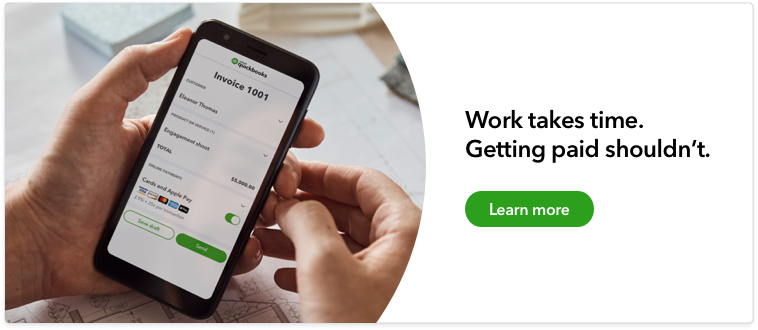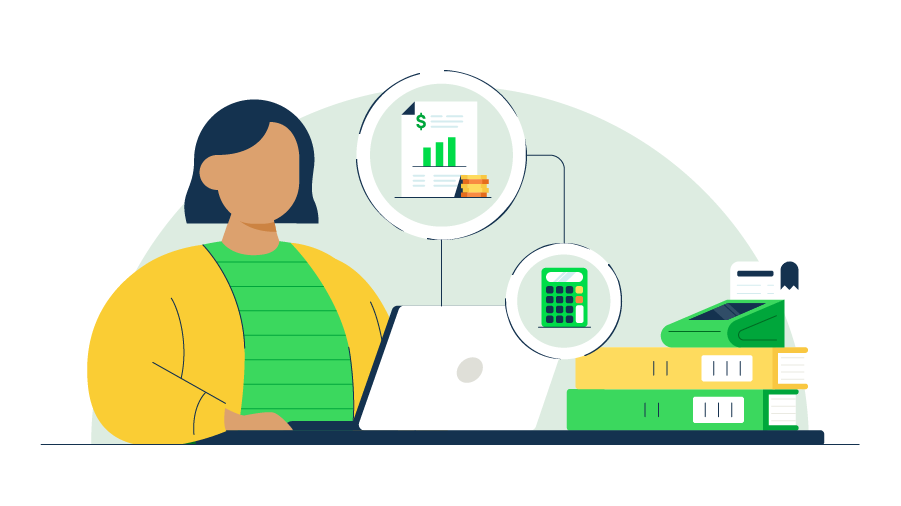Chargeback meaning and purpose
A chargeback is a consumer protection tool that lets customers contest credit card charges they believe are incorrect or unauthorized. While credit card chargebacks focus on protecting buyers, they can also create challenges for your business.
A chargeback involves three parties: the customer, merchant, and bank. When a dispute arises, the bank reviews it and may pull funds from the merchant during the investigation. If the bank sides with the customer, the merchant loses the sale and faces additional fees. Unlike disputes, which are resolved directly with the merchant, chargebacks involve the bank and stricter penalties.
How long do chargebacks take to resolve?
The chargeback timeline typically ranges from 30 to 90 days, but the exact duration depends on factors like the reason code, documentation quality, and whether arbitration is required. A complex case can drag on, while a well-prepared response speeds things up significantly.
Respond quickly with clear evidence and stay organized throughout to shorten the chargeback process duration. Remember, time is critical—delayed responses often lead to automatic losses.
By acting fast and leveraging tools like QuickBooks for bookkeeping, you can resolve disputes efficiently and minimize disruptions.
Example of a chargeback
Let’s say you run an online store that sells handmade candles. A customer places an order and pays with their credit card. A few weeks later, they file a chargeback, claiming the item never arrived, even though you have tracking showing it was delivered.
The customer’s bank reviews the claim and sides with them. The payment is reversed, and the money is pulled from your business account. You not only lose the sale, but also pay a chargeback fee from your payment processor.
This is a common example of a “friendly fraud” chargeback—when a customer disputes a legitimate charge.
Who loses money in a chargeback?
In most cases, the business takes the financial hit. If the bank rules in favor of the customer, you lose:
- The original payment
- Any product or service already delivered
- Additional chargeback fees, which can range from $20 to $100 per dispute
If chargebacks pile up, you could also face higher processing fees or even lose your merchant account. That’s why it’s important to track disputes, respond quickly, and use tools that help prevent fraud.




















